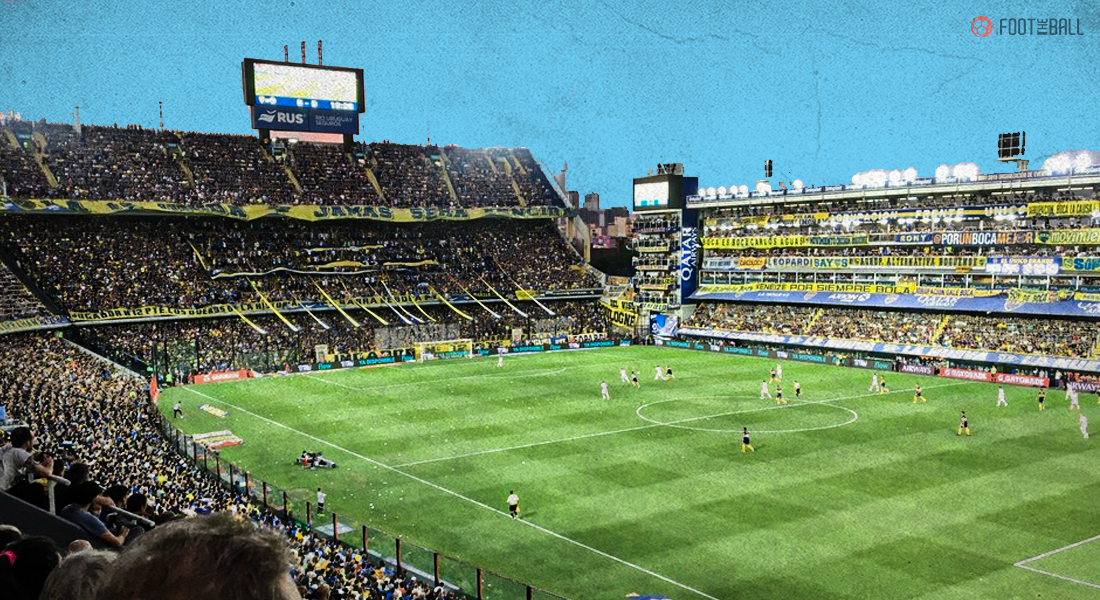While officially known as the Alberto J. Armando Stadium, the home of Boca Juniors in the capital city of Buenos Aires also has a popular nickname, La Bombonera.
Although it is not the biggest stadium in the country or doesn’t host the national team regularly, La Bombonera is still one of the stadiums one must visit in their lifetime and experience the atmosphere during a game of the Boca Juniors.
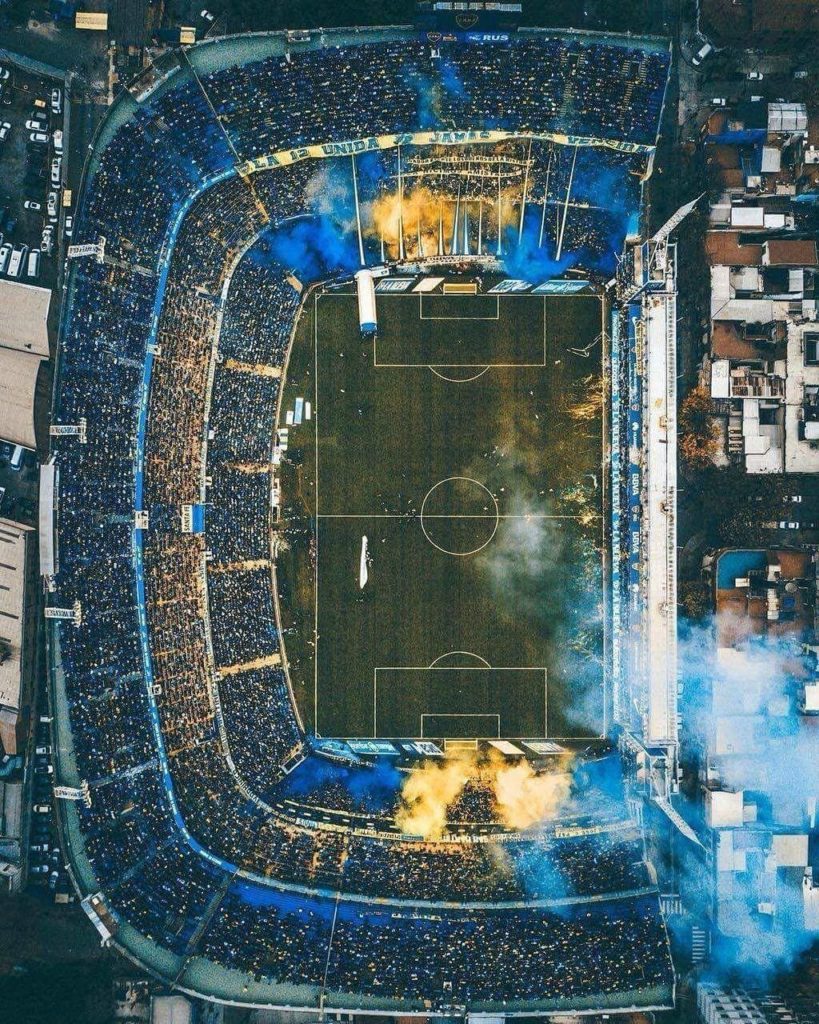 Aerial View of La Bombonera. (Image Courtesy: AFA / Website)
Aerial View of La Bombonera. (Image Courtesy: AFA / Website)
Apart from being a football stadium, the venue also hosted celebrity performers in the past such as Lenny Kravitz, Elton John, James Blunt, the Bee Gees, and the Backstreet Boys. And still, many do not know why the stadium is known as La Bombonera, although it being a popular moniker amongst fans across the globe.
WHAT DOES ‘LA BOMBONERA’ MEAN?
In Spanish, La Bombonera stands for “A Box of Chocolates” and the origin of this name comes from the architect of the stadium Victor Sulcic.
Sulcic, on the occasion of his birthday, received a box of chocolates as a gift after which he took the empty box to meetings with other architects and engineers involved in the construction of the stadium to show them that the box shape was very similar to the stadium they were designing.
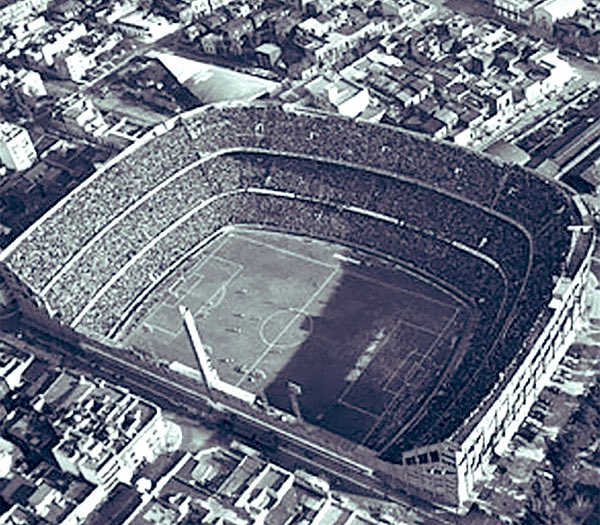 Bombonera, when opened in 1940 looking like a box of chocolates. (Image Courtesy: Boca Juniors / Website)
Bombonera, when opened in 1940 looking like a box of chocolates. (Image Courtesy: Boca Juniors / Website)
The stadium has been officially renamed twice, first in 1986 when it was changed from the Boca Juniors Stadium to Camilo Cichero Stadium, in honour of the president under whose tenure the stadium was built, and second, in 2000, to the present name of Alberto J. Armando Stadium, as a tribute to their longest-serving president. However, it is still adored by the fans and also the club executives as La Bombonera and is certainly set to continue.
REASON BEHIND THE CONSTRUCTION AND FACILITIES
As with every other top club in a country or across the globe, La Bombonera was built so that Boca Juniors could move into a newer, more displayable stadium in the country and have a similar venue like their arch-rivals, River Plate.
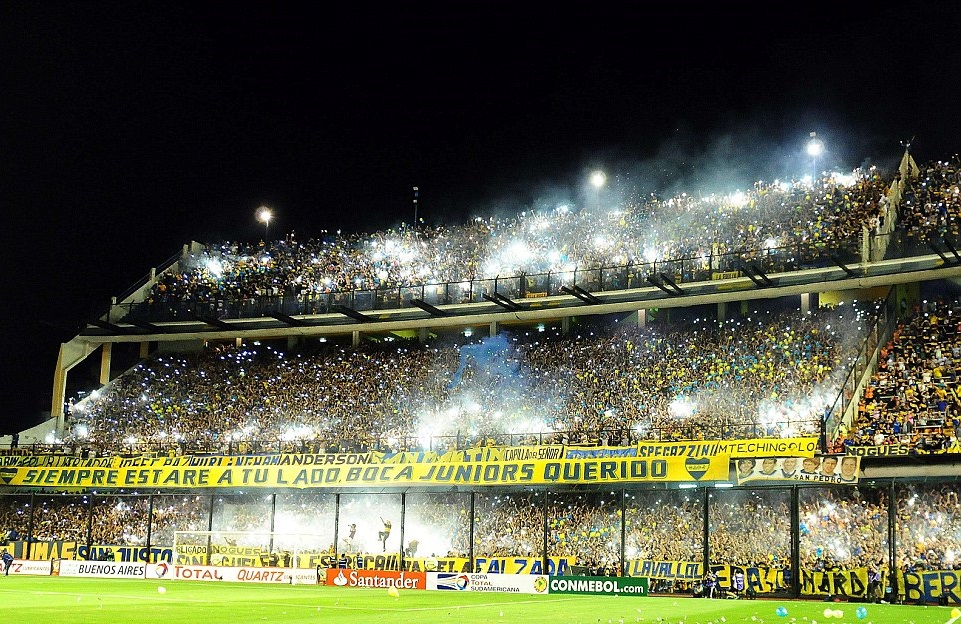 Bombonera, during the Superclasico between Boca Juniors and River Plate. (Image Courtesy: AS / Website)
Bombonera, during the Superclasico between Boca Juniors and River Plate. (Image Courtesy: AS / Website)
Since their founding in 1905, the Xeneizes had moved from stadium to stadium to meet the minimum league requirements in the early years before settling at the Estadio Brandsen y Del Crucero, constructed in 1924. Although the majority of the stands were made of wood, they played there for 14 years before deciding on building concrete stands instead of wood, after which they planned on constructing the present-day La Bombonera on the same patch of land.
Currently, the capacity of the stadium is 54,000 however, only 49,000 of it is allowed for the league games in Argentina, with 38,000 being seats and others divided between executive boxes and standing terrace.
Buenos Aires. La Bombonera tonight. Total darkness but with the only light: Diego Armando Maradona’s “palco”. The only one. His place into his stadium. 🇦🇷✨ #Diego pic.twitter.com/TSIeIH2HCo
— Fabrizio Romano (@FabrizioRomano) November 26, 2020
Lifelong Boca Juniors fan and former player Diego Maradona had his own VIP box until his death in November 2020.
FUTURE PLANS FOR LA BOMBONERA
In stark contrast to the stadium of its arch-rivals River Plate – Estadio Antonio Vespucio Liberti, La Bombonera has undergone little renovation and makeover ever since it was built more than eight decades ago. The only major renovation took place in 1996, under the presidency of Mauricio Macri, when a fourth tier was introduced alongside some new VIP boxes and a museum.
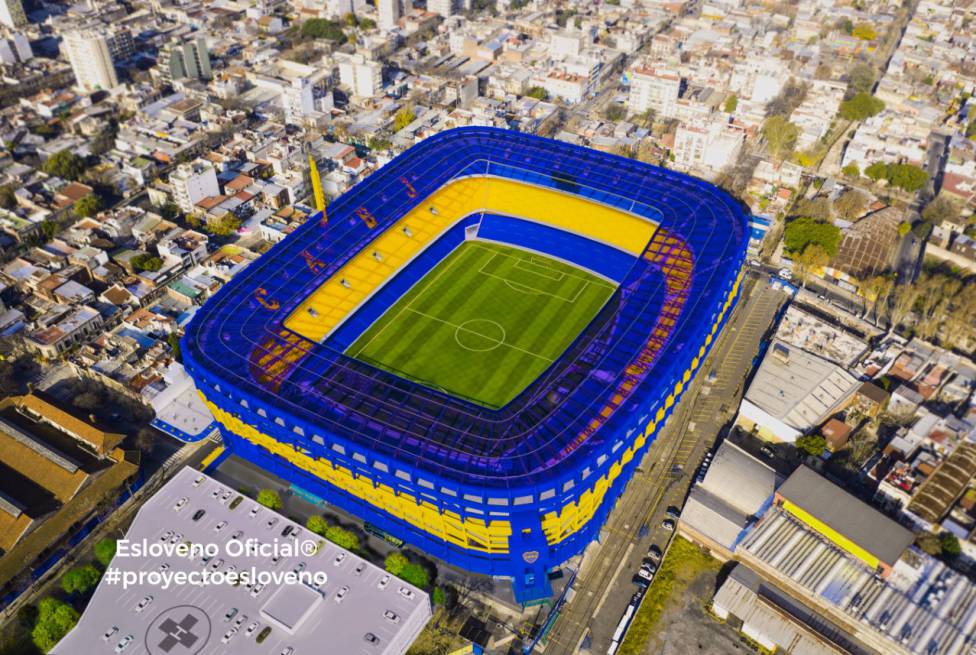 Prospective Aerial View after the completion of the Slovenian Project at La Bombonera. (Image Courtesy: Boca Juniors / Website)
Prospective Aerial View after the completion of the Slovenian Project at La Bombonera. (Image Courtesy: Boca Juniors / Website)
In the recent year, however, a new project, El Proyecto Esloveno or The Slovenian Project was produced in 2016, in honour of the original architect of the stadium, Slovenian Victor Suclic. In order to complete the project, it would take nearly 15-20 months and would see an increase of 20,000 seats and an addition of 50 new VIP boxes.
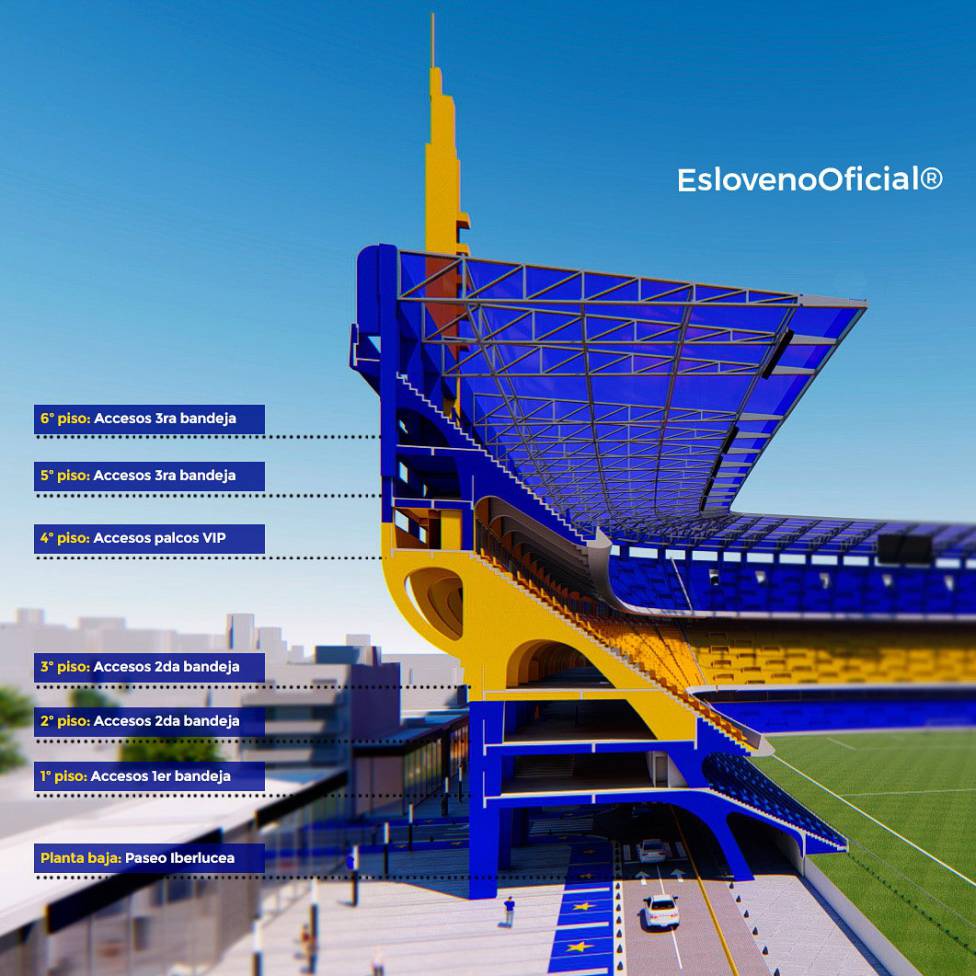 How the projected new stand at the Bombonera looks from the side. (Image Courtesy: Boca Juniors / Website)
How the projected new stand at the Bombonera looks from the side. (Image Courtesy: Boca Juniors / Website)
Also, another plan ‘Bombonera 100 mil’ has been proposed by Argentine politician and Boca Juniors fan, Christian Gribaudo, under which the capacity of the Bombonera would increase from the present day 49,000 to nearly 100,000 and make it one of the largest in the world. However, this plan has been put on hold for the time being due to its feasibility.

